- MIS and Data Analytics
- Data Science
Become Expert In Data Science
Improve Machine Learning algorithms by studying underfitting, overfitting, training, validation, n-fold cross validation, testing, and how hyperparameters could improve performance
- 10 - 20 weeks
- 102 Lectures
- 8541 Student Enrolled
- Offer by ATTITUDE ACADEMY
- Last updated:- Feb 20, 2024

₹1299.00 98% Off
- 100+ Practical Videos For Covering Course
- e-Content with Assignments
- 100% Job Assistance
- Access on All Device
- 24*7 Lifetime Access
- ISO 9001 : 2008 Company
- Internship Programme for Learners
- Govt. Recognized Certificate
- One of the Finest Education Brand in India
- Live Project provided for practice
- Course Related Blogs & Articles
What you'll learn
- The course provides the entire toolbox you need to become a data scientist
- Impress interviewers by showing an understanding of the data science field
- Learn how to pre-process data
- Understand the mathematics behind Machine Learning (an absolute must which other courses don’t teach!)
- Start coding in Python and learn how to use it for statistical analysis
- Perform linear and logistic regressions in Python
- Carry out cluster and factor analysis
- Be able to create Machine Learning algorithms in Python, using NumPy, statsmodels and scikit-learn
- Apply your skills to real-life business cases
- Use state-of-the-art Deep Learning frameworks such as Google’s TensorFlowDevelop a business intuition while coding and solving tasks with big data
- Unfold the power of deep neural networks
- Improve Machine Learning algorithms by studying underfitting, overfitting, training, validation, n-fold cross validation, testing, and how hyperparameters could improve performance
- Warm up your fingers as you will be eager to apply everything you have learned here to more and more real-life situations
Requirements
- Innovative and Creative Ideas
- Basic Knowledge of Computer
What placement assistance will you receive?

Free Placement Preparation Training

Access to curated Internships & Current Job Openings.

Top performers will be highlighted on Attitude Job portal
Requirements
Data scientist is one of the best suited professions to thrive this century. It is digital, programming-oriented, and analytical. Therefore, it comes as no surprise that the demand for data scientists has been surging in the job marketplace.
However, supply has been very limited. It is difficult to acquire the skills necessary to be hired as a data scientist.
And how can you do that?
Universities have been slow at creating specialized data science programs. (not to mention that the ones that exist are very expensive and time consuming)
Course Circullum
-
Course Introduction
-
Environment Setup
-
Python Part 1 | Fundamentals of Programming
-
Python Part 2 | Working with in-built Functions & Modules Milestone Project 1
-
Python Part 3 | String & String Formatting
-
Python Part 4 | Python Data Structures
-
Python Part 5 | Conditional Statements
-
Python Part 6 | Loop and Iterator Milestone Project 2
-
Python Part 7 | Exception handling
-
Python Part 8 | User defined Functions and Modules
-
Python Part 9 | File Handling
MODULE- I Numpy
Learning about NumPy which is a general-purpose array-processing package. It provides a high-performance multidimensional array object, and tools for working with these arrays
-
NumPy Arrays
-
Array Constructor
-
Introduction To Arrays
-
NumPy. Range ()
-
LINPAC
-
Create 2-D Array
-
Indexing & Slicing Arrays
-
Indexing In 1-D Arrays
-
Indexing In 2-D Arrays
-
Slicing In 1-D Arrays
-
Slicing In 2-D Arrays
-
Indexing
-
Slicing
-
Vectorization & Broadcasting In Arrays
-
Scalar Vectorization
-
Array Comparison
-
New Axis
MODULE- II Pandas
This section is about Pandas which is an open-source library providing high- performance, easy-to-use data structures and data analysis tools for the Python programming language
-
Pandas And Data Manipulation
-
Dropping/Deleting Columns
-
Data Frame Indexing
-
Series
-
Series. Apply ()
-
Creating Series
-
Applying Method To A Series
-
Data Frame & Basic Functionality
-
Printing Columns
-
DataFrame. Head ()
-
Creating DataFrame
-
Descriptive Statistical Function
-
Data Frame Manipulation
-
Mean()
-
Correlation
-
Indexing & Missing Values
-
Grouping & Reshaping
-
How big is Big Data?
-
Cluster Computing
-
Hadoop Architecture
-
In-memory Computation
-
Apache Spark Architecture
-
Hadoop vs Spark
-
What Is Spark
-
Why Pyspark
-
Databricks setup and forming cloud cluster
-
Introduction To Data Frames
-
Data Frames Basics
-
Dataframe Operations
-
Group By And Aggregate Operations
-
Handling Missing Data
-
Triggering Sql query in pyspark
-
Dates And Timestamp
-
MileStone Project
Learning about database performing CRUD operations and importing data from a database and store in DataFrame using Pandas Package
-
Hosting A Database On Cloud/Local System
-
Python Sql Connectivity
-
CRUD Operation On Database Tables Through Python
-
Importing Data Into Dataframe Of Pandas
-
Processing & Cleaning Data Through Pandas Methods
-
Dealing with missing values
MODULE- I
Data Visualization is the presentation of data in a graphical format
-
Introduction to Data Visualization
-
Data Visualization with Python
MODULE- II Matplotlib
-
Matplotlib is a plotting library for the Python programming language
-
Using the matplotlib.pyplot interface
-
Types of Charts
-
Bar Chart using Matplotlib
-
Stacked Bar Chart using Matplotlib
-
Histogram Chart using Matplotlib
-
Scatter plots using Matplotlib
-
Adding data to an Axes object
-
Customizing your plots
-
Customizing data appearance
-
Creating a grid of subplots
-
Area Plot for Indexed Data
MODULE- III Seaborn
-
Seaborn is a library for making statistical graphics in Python. It is built on top of matplotlib and closely integrated with pandas data structures.
-
Seaborn vs Matplotlib
-
How To Show Seaborn Plots
-
How To Use Seaborn With Matplotlib Defaults
-
How To Set xlim or ylim in Seaborn
-
Box and whiskers
-
Graphical exploratory data analysis
-
Plotting and computing simple summary statistics
-
Quantitative exploratory data analysis
-
Describe salient features of a dataset with numbers.
-
Probabilistically-- Discrete variables
-
Statistical inference rests upon probability
-
Thinking probabilistically-- Continuous variables
MODULE- I
Machine learning is an application of artificial intelligence (AI) that provides systems the ability to automatically learn and improve from experience without being explicitly programmed
-
Machine Learning Introduction
-
History of Machine Learning
-
Examples of Machine learning
-
Difference between Artificial intelligence and Machine learning and Deep Learning
-
Machine learning Life cycle
-
Types of Machine Learning
-
What are Features and labels
MODULE- II Supervised Learning
Supervised machine learning algorithms are designed to learn by example.
-
Introduction to Supervised Learning
-
Different Types of Supervised Learning
-
Difference between Regression and Classification
MODULE- III Regression
Regression analysis is a form of predictive modelling technique, which investigates the relationship between a dependent and independent variable
-
Introduction to Regression
-
Introduction of Simple Linear Regression
-
Simple Linear Regression Understanding Algorithm
-
Simple Linear Regression Example with Python
-
Introduction of Multiple Linear Regression
-
Multiple Linear Regression Understanding Algorithm
-
Multiple Linear Regression Example with Python
-
Introduction of Polynomial Regression
-
Polynomial Regression Understanding Algorithm
-
Polynomial Regression Example with Python
-
Introduction of Backward Elimination
-
Backward Elimination Understanding Algorithm
-
Backward Elimination Example with Python
MODULE- IV Classification
Classification separates observations into groups based on their characteristics.
-
Introduction to Classification and Algorithm
-
Introduction Of Naive Bayes
-
Naive Bayes Understanding The Algorithm
-
Naive Bayes Example with Python
-
Introduction Of K-Nearest Neighbours (K-NN)
-
K-Nearest Neighbours (K-NN) Understanding The Algorithm
-
K-Nearest Neighbours (K-NN)Example with Python
-
Introduction Of Support Vector Machine (SVM)
-
Support Vector Machine (SVM) Understanding The Algorithm
-
Support Vector Machine (SVM)Example with Python
-
Introduction Of Decision Tree Classification
-
Decision Tree Classification Understanding The Algorithm
-
Decision Tree Classification Example with Python
-
Introduction Of Random Forest Classification
-
Random Forest Classification Understanding The Algorithm
-
Random Forest Classification Example with Python
-
Introduction Of Logistic Regression
-
Logistic Regression Understanding The Algorithm
-
Logistic Regression Example with Python
-
Classification Model Selection in Python
MODULE- V Unsupervised Learning
Unsupervised learning is the training of machine using information that is neither classified nor labeled and allowing the algorithm to act on that information without guidance.
-
Introduction to Unsupervised Learning
-
Introduction Of K-Means Clustering
-
K-Means Clustering Understanding The Algorithm
-
K-Means Clustering Example with Python
-
Introduction Of Hierarchical Clustering
-
Hierarchical Clustering Understanding The Algorithm
-
Hierarchical Clustering Example with Python
-
Introduction Of Fuzzy K-means
-
Fuzzy K-means Understanding The Algorithm
-
Fuzzy K-means Example with Python
Streaming data is data that is continuously generated by different sources. Such data should be processed incrementally using Stream Processing techniques without having access to all of the data.
-
Spark Streaming With Python
-
Data in Motion
-
Documentation Example
-
Converting Your Terminal Into A Stream For Live Data And Reading From That Live Stream
-
Spark Stream Twitter Project (Create A Live Stream For Tweets Coming In And Creating Live Dashboard With Data Analysis And Visualization)
-
Quizzes And Doubt Clearing Sessions
MODULE- I Introduction
-
What is Power BI?
-
Environment setup
-
Understanding the Power BI Desktop Workflow
-
Exploring the Interface of the Data Model
-
Understanding the Query Editor Interface
MODULE- II Working in the Query Editor
-
Introduction
-
Connecting Power BI Desktop to Source Files
-
Keeping & Removing Rows
-
Working with Filters
-
Removing Empty Rows
-
Appending Queries
-
Formatting Data & Handling Formatting Errors
-
Pivoting & Unpivoting Data
-
Splitting Columns
-
Data Model - The Star Schema
-
Query Duplicates vs References
-
Removing Duplicates
-
Understanding "Join Kind"
-
Understanding "Extract"
-
Creating & understanding the concept of the FACT-Table Performance Optimization
-
Assignment 1 (Loading your project data efficiently)
MODULE- III Understanding the Data Model: Data & Relationship View
-
Introduction
-
Understanding Relationships
-
M-Language vs DAX (Data Analysis Expressions)
-
Understanding the DAX Basics
-
Diving Into Operators
-
DAX Functions - An Overview
-
Applying the DAX Basics
-
Calculated Columns vs Measures
-
Creating Measures with Measures
-
Assignment 2 (Manipulating & processing the above loaded data)
MODULE- IV Creating Visuals in the Report View
-
Introduction
-
Understanding Basic Visual Concepts
-
Creating our First Visuals
-
Understanding Tooltips & Interactions
-
Diving Intro Hierarchies & Drill Mode
-
Data Colors & Conditional Formatting
-
Formatting Report Pages
-
Using the Slicer
-
Understanding Default Summarization & Sorting
-
Syncing Slicers
-
Understanding Filter Types (Visual, Page & Report)
-
Creating Combined Visuals & Waterfalls
-
Using Custom Visuals
-
Assignment 3 (Visualizing the above processed data)
MODULE- V Deploying Project to the Cloud with Power BI Pro (Service)
-
Introduction
-
Understanding Workspaces
-
Working with Reports
-
Creating Dashboards
-
Refreshing Data with Gateways
-
Sharing Data From "My Workspace"
-
Publishing an App
-
Student Project Assistance
-
Revisiting the course timeline
-
Future enhancements and Tips
-
Bonus: Selected Features by Example & Refresher Project
SQL Syllabus
-
SQL Server(SS) Overview
-
Install Visual Studio
-
Install SQL Server
-
SQL Server Management Studio
-
SS Data Types
-
DB Operations
-
SS Login Database
-
SS Create Database
-
SS Select Database
-
SQL Server Database
-
SS Create Table
-
SS Delete Table
-
SS Insert Data
-
SS Update Data
-
SS Delete Data
-
SS Delete Top
-
Aggregate Function
-
SS MIN Function
-
SS MAX Function
-
SS SUM Function
-
SS AVG Function
-
SS COUNT Function
-
SQL Server Operators
-
SS Comparison Operator
-
SS Union Operator
-
SS INTERSECT Operator
-
IN Operator
-
BETWEEN Operator
-
IS NULL Operator
-
IS NOT NULL Operator
-
LIKE Operator
-
EXIST Operator
-
SQL Server Clauses
-
DISTINCT Clause
-
GROUP BY Clause
-
SQL Server Keys
-
SS Primary Keys
-
Enable Primary Key
-
Disable Primary Key
-
Drop Primary Key
-
SS Foreign Key
-
Enable Foreign Key
-
Disable Foreign Key
-
Drop Foreign Key
-
SQL Server Advance
-
Create View
-
Backup Database
-
Restore Database
How will your training work?

Classes
Watch recorded & live videos to learn various concepts & get Live Sessions with Trainer for Doubts Clearing.

Exams
Test your knowledge through quizzes & module tests. Take online exam & get instant result.

Projects
Get hands on practice by doing assignments and live project

Certificate
Take the final exam to get certified in Become Expert In Data Science
Soni Verma
- Videos
- Lectures
- Exp.
More than 3 years of Experience in MS-Office, Advanced Excel and MIS Reporting ANd Data Analytics.
- MS Office . Advanced MS-Excel, Data Analytics
Reviews - 0
Releated Courses

₹1299.00 ₹65000.00
98% Off
Coupon Code: OFF10COURSE
- 100+ Practical Videos For Covering Course
- e-Content with Assignments
- 100% Job Assistance
- Access on All Device
- 24*7 Lifetime Access
- ISO 9001 : 2008 Company
- Internship Programme for Learners
- Govt. Recognized Certificate
- One of the Finest Education Brand in India
- Live Project provided for practice
- Course Related Blogs & Articles
How will your doubts get solved?

You can post your doubts on the Q&A forum which will be answered by the teachers within 24 hours.
100% Placement Assistance
Meet Our Placed Students
Commonly Asked Questions
Q. What are the prerequisites for the training?
There are no prerequisites for this training as it is of beginner level. Everything that you need to know about Become Expert In Data Science would be taught to you from scratch.
Q. Do I need to have a laptop or desktop to do the training or can I do it on mobile too?
You can watch the videos and take quizzes & tests on any device including mobile. However, for assignments and practice, use of desktop or laptop is required.
Q. What system configuration is needed to do this training?
Q. When can I start the training?
You can choose your preferred batch date while signing up for the training program and start accordingly.
Q. Will I be getting a hard copy of the certificate?
No, you will be only getting a soft copy of the certificate which you can download and print out if required.
Q. What placement assistance will I receive from Attitude as part of the training?
- You will receive free access to Placement Preparation Training on the platform which covers resume writing, cover letter writing, how to search and apply for internships and jobs on Attitude, and interview preparation. This training comes with a lifetime access meaning you can use it later also if you are not applying for internships or jobs right now.
- Access to curated internships & jobs related to the training - after completing the training, you would receive a list of handpicked internships or jobs every week that you can apply to as per your preference.
- If you are a top performer, a badge of achievement will be added to your Attitude resume and shown to the employers when you apply to internships or jobs on Attitude.
Q. Does Attitude Trainings guarantee a job or internship placement?
While many of our students have found their desired internships or jobs after completing their training, Attitude Trainings does not guarantee an internship or job. However, if you study sincerely (including doing exercises, assignments, and projects) and make good use of our placement assistance feature, it will become easier for you to get a placement using the skills learned in the training.
Q. I’m not able to make payment. What should you do now?
You could try making the payment from a different card or account (of a friend or family). Otherwise, you can follow the instructions on how to make an offline payment.
Q. The payment shows failed but money got deducted? What should I do now?
The amount deducted will come back to your account within 3-5 working days. This is the normal duration your bank will take to credit the amount back into your account.
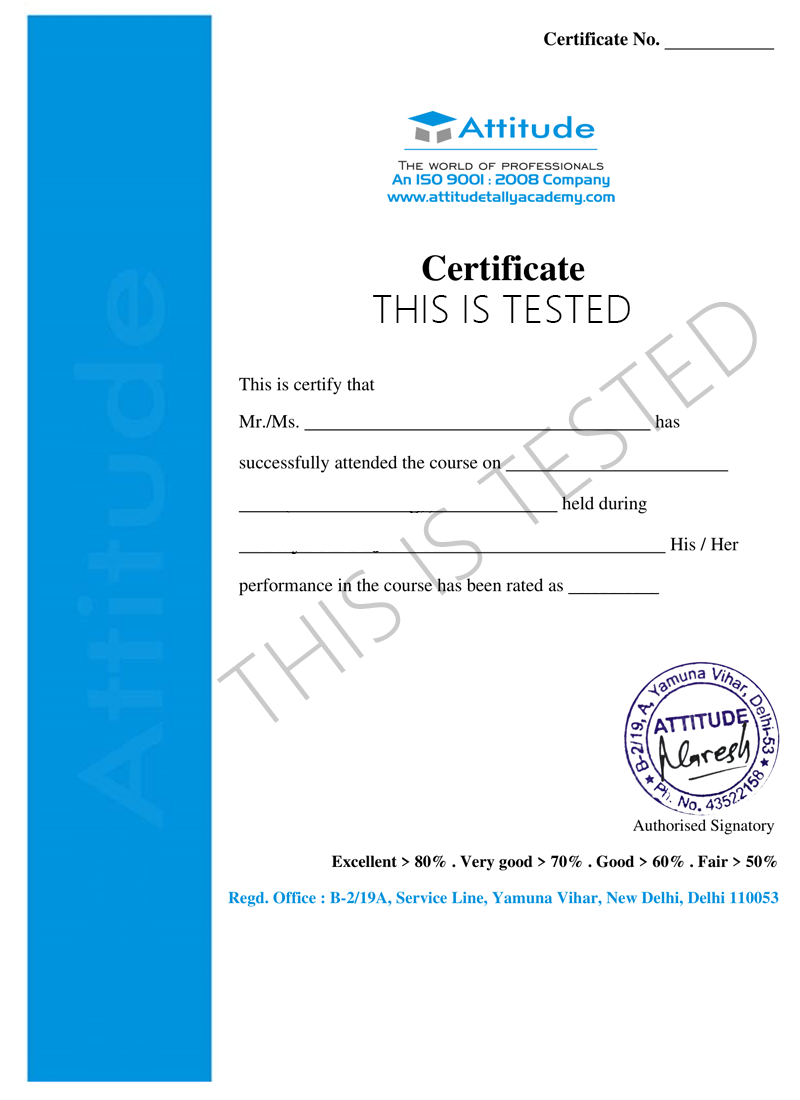

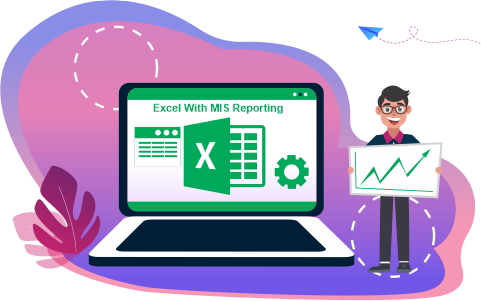
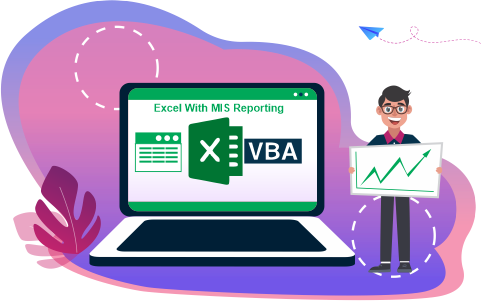

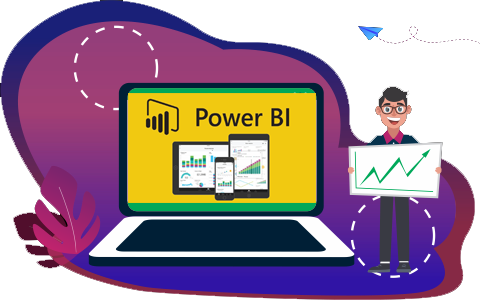









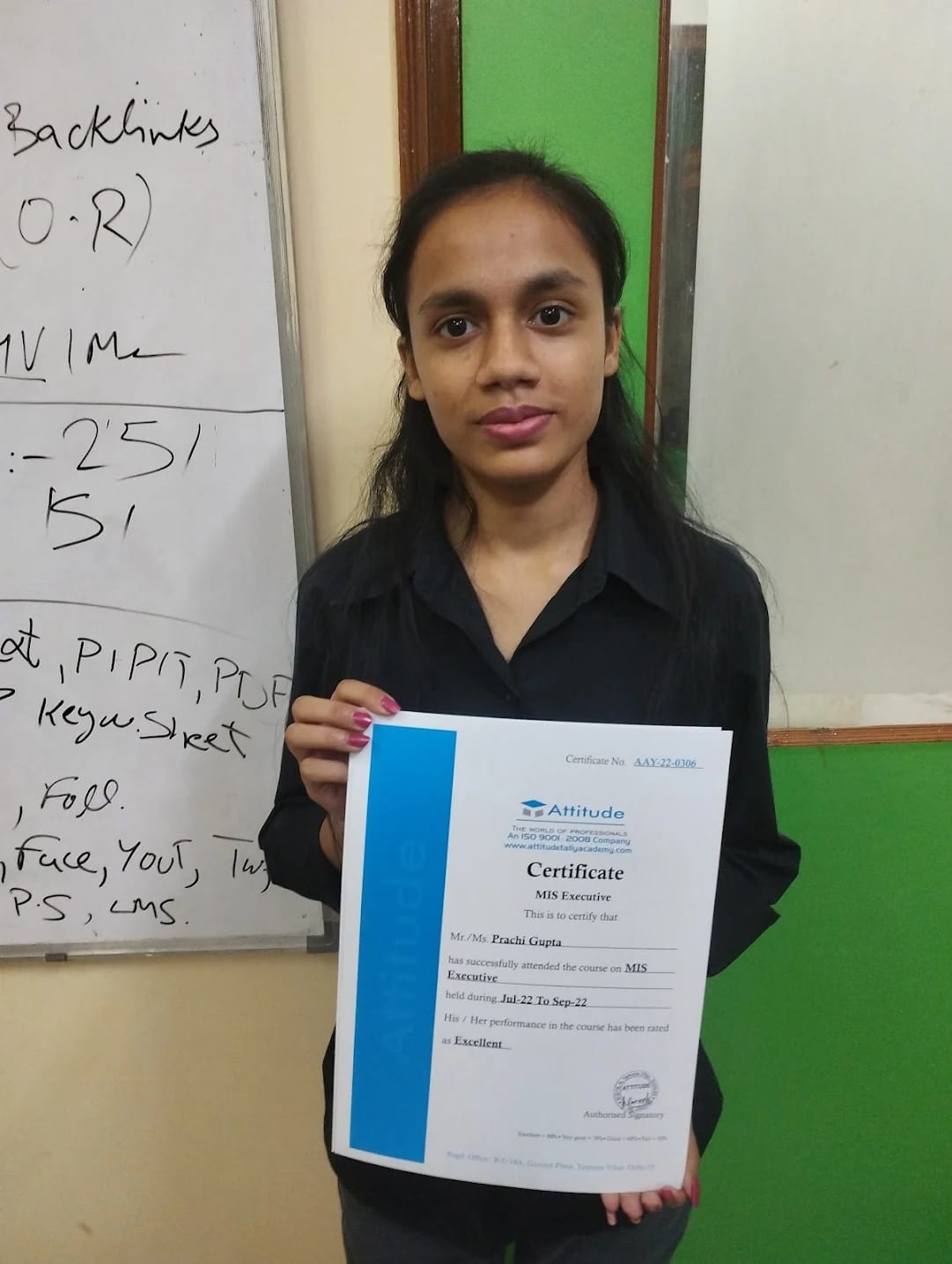
.png)
